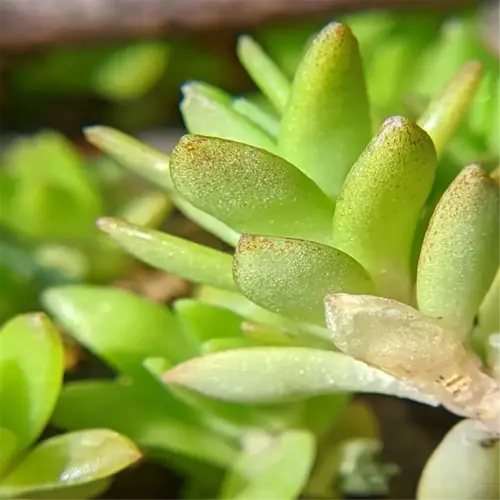Can contaminated tools affect pH results?

Written by
Kiana Okafor
Reviewed by
Prof. Martin Thorne, Ph.D.The sampling reliability of soil pH testing deteriorates when using contaminated sampling tools. For example, rusted shovels added iron oxide to the samples, which influenced the readings positively around +0.3 pH units higher than it should have been. Once, I saw a client's pH, that they could not understand its alkalinity, and traced back to the galvanized bucket they were using to collect the sample. Switching to stainless steel probes yielded a pH of 6.9 rather than 7.6.
Common Contaminants
- Rust: Adds iron oxide (+0.2-0.5 pH bias)
- Fertilizer residue: Skews nitrogen/potassium readings
- Zinc coatings: Reacts with acidic soils below pH 5.0
Cleaning Protocols
- Isopropyl wipes between samples
- Bake clay tools at 400°F (204°C) to burn organics
- Soak plastic in pH-neutral soap for 24 hours
Regional considerations heighten risks. Coastal instruments rot three times more quickly in the salt air, a client's pH probes in Florida required weekly cleaning compared to monthly which was the case when inland. In limestone areas, we had to use plastic scoops because metal tools scraped rock dust into the samples, artificially elevating alkalinity readings by 0.7 units.
Field audits avert disasters. I packed wipes and adjusted to the field's pH for in-situ checks of probes and tools. An erratic vineyard physical property measurement was fixed when we prohibited shovels, covered in fertilizer, from the test area, and the pH value stabilized within 0.2 units to that of the cleaned soil. Controlling contamination is inevitably much cheaper than losing the crop.
Read the full article: Soil pH Testing: 7 Essential Steps for Accurate Results

